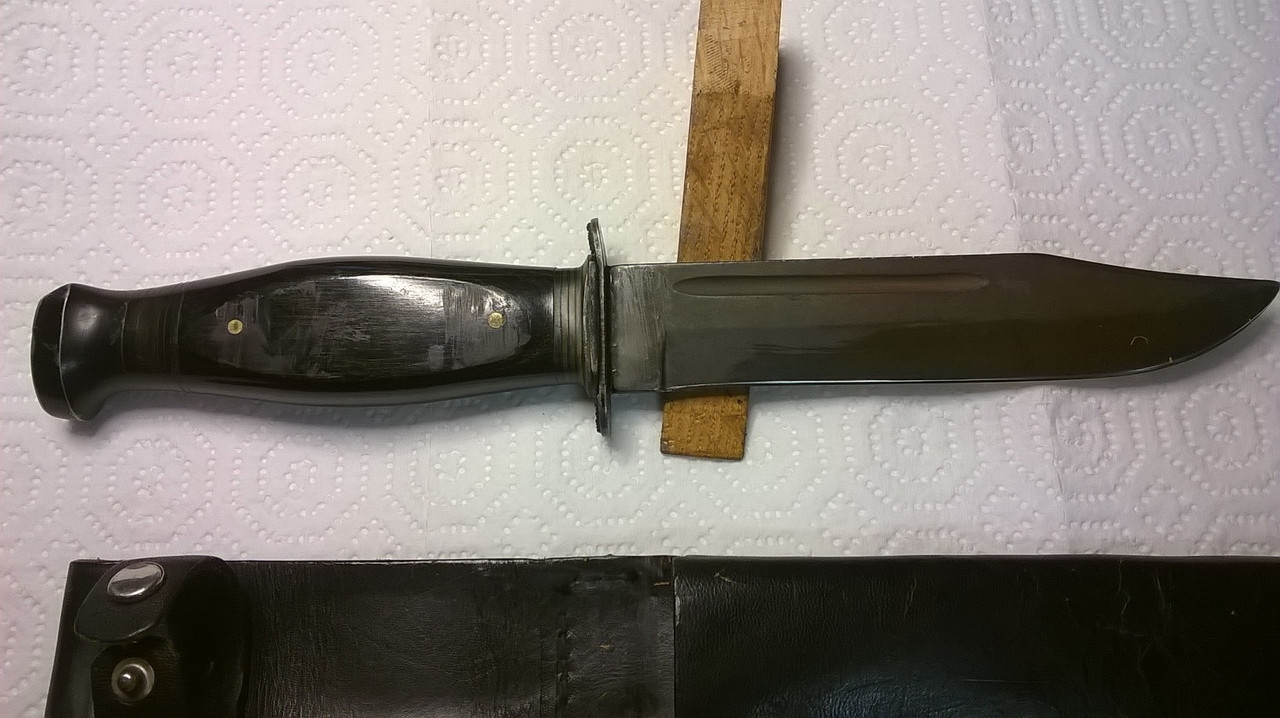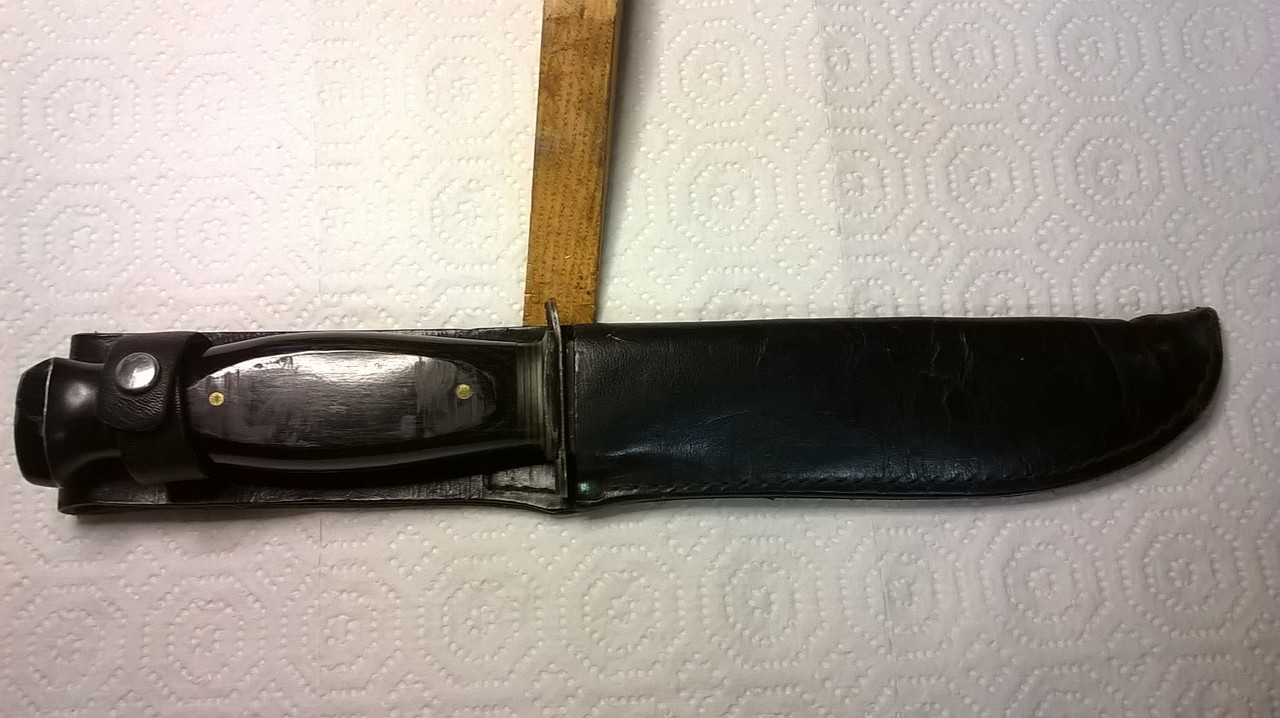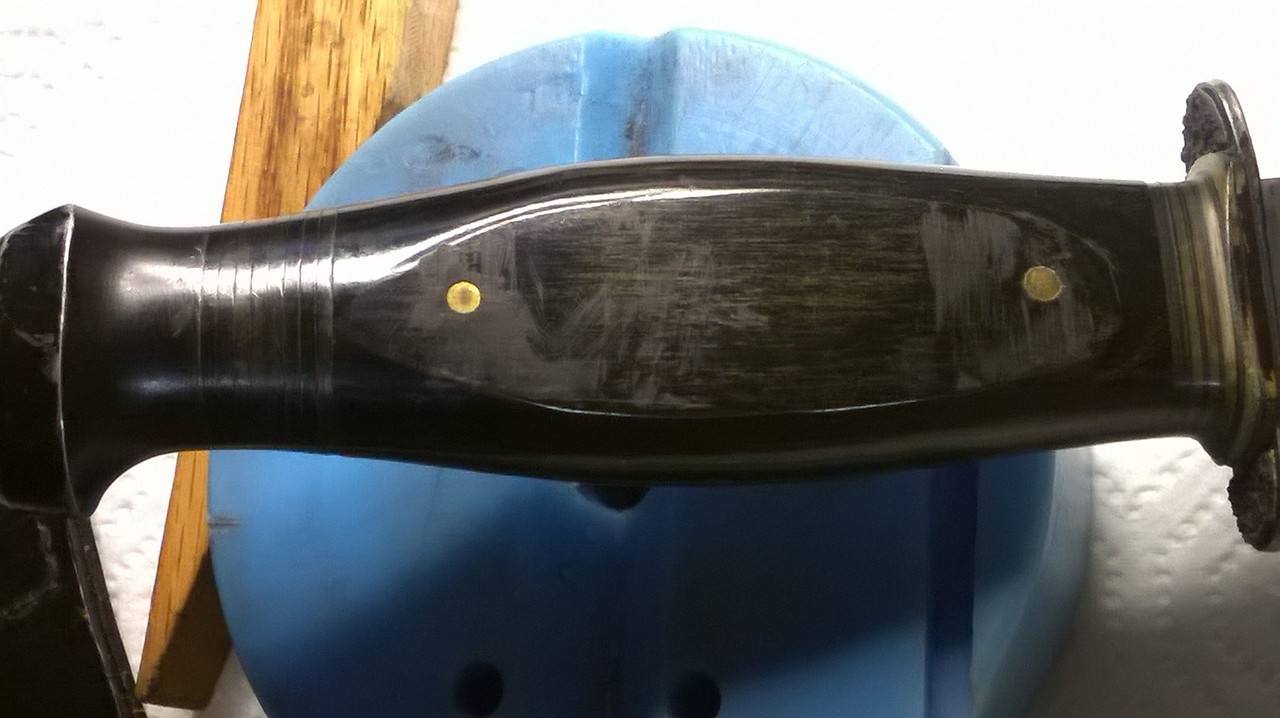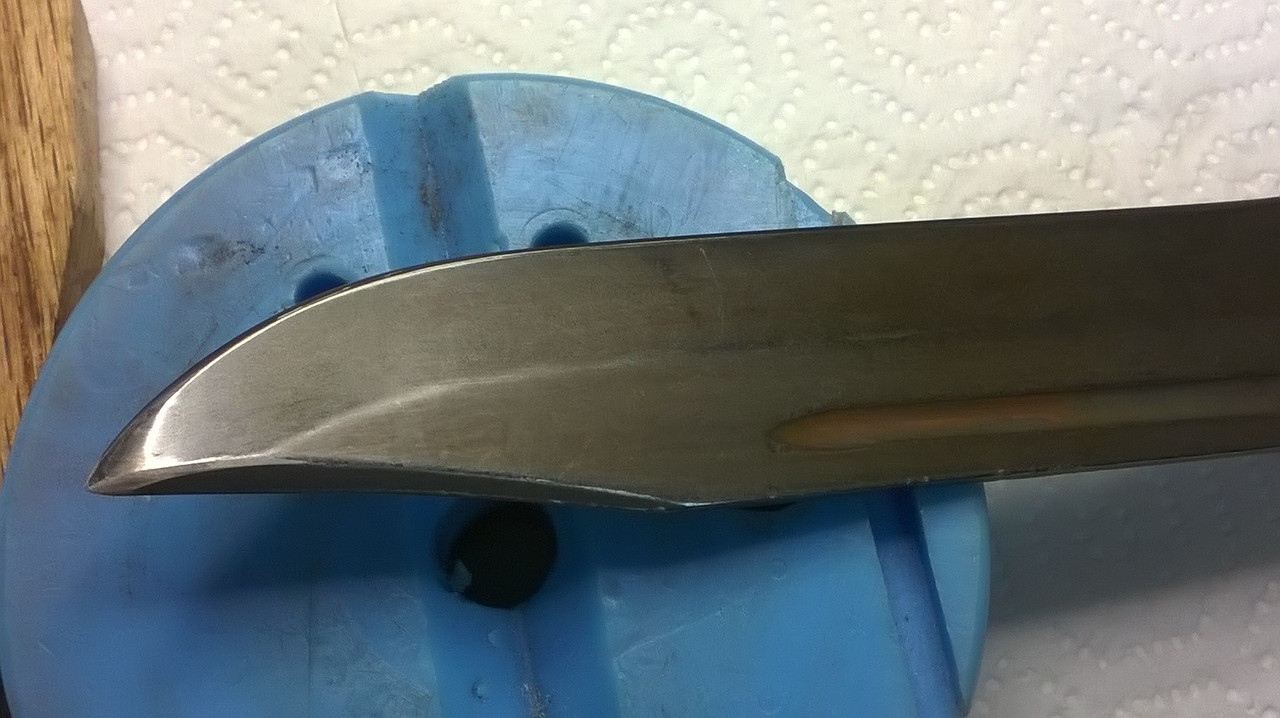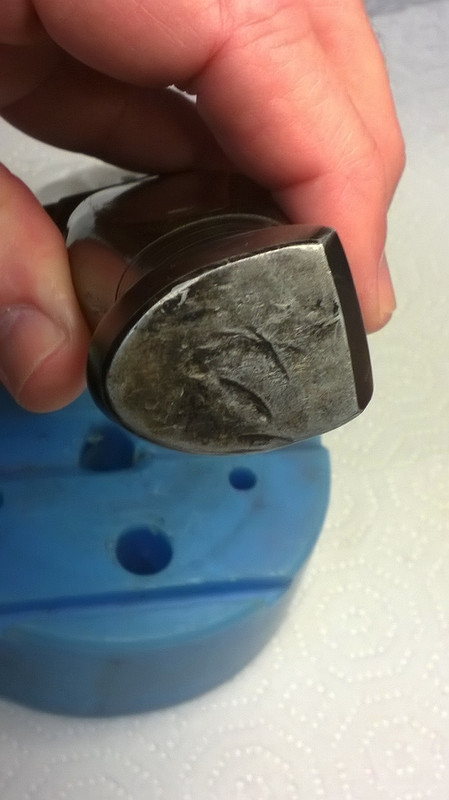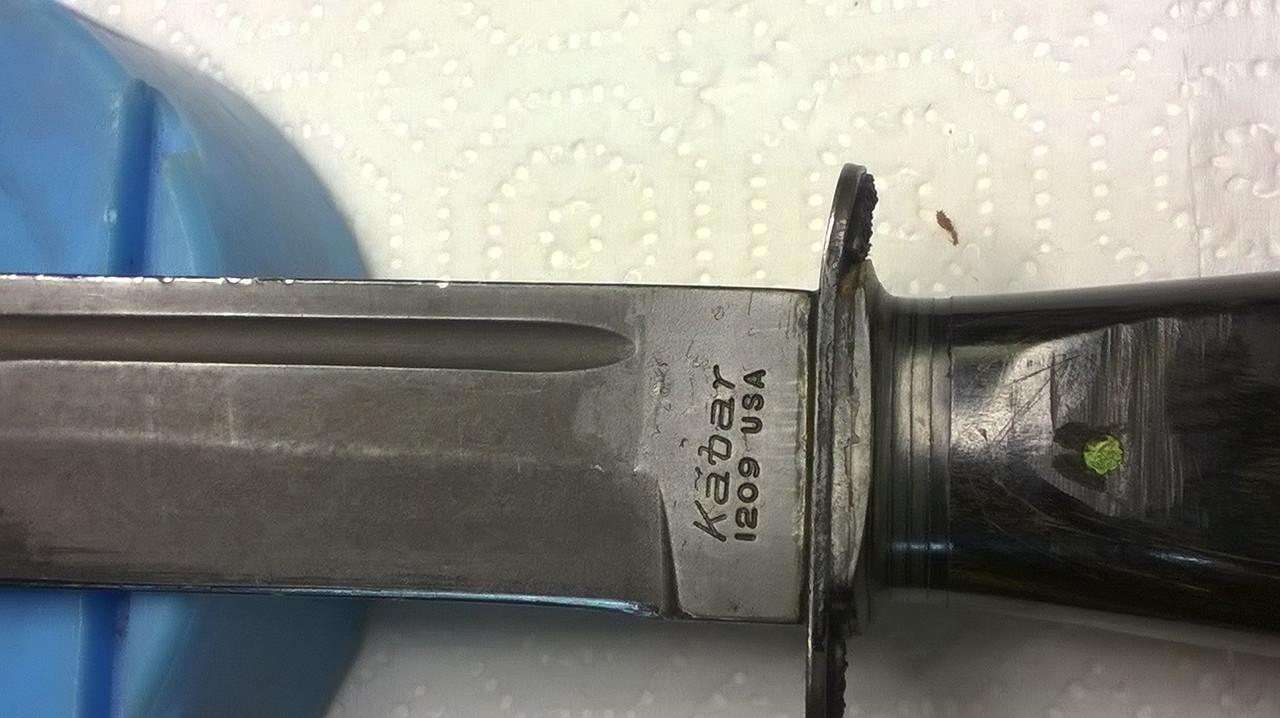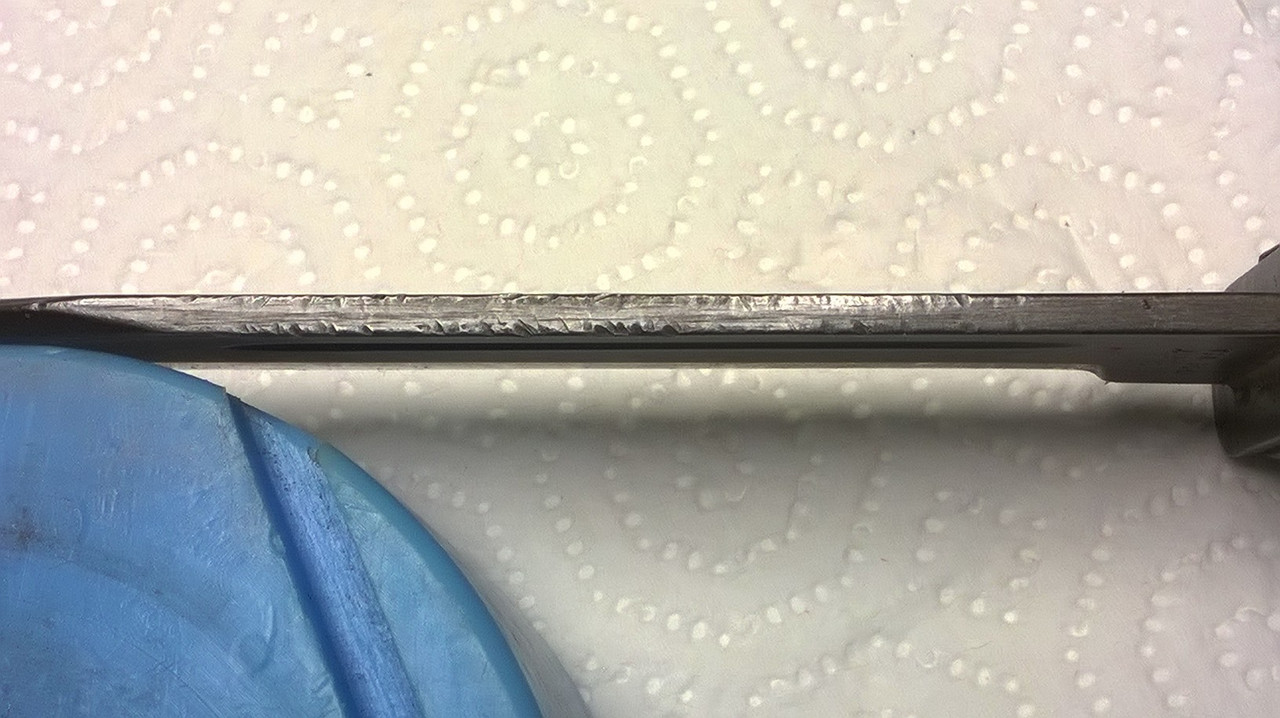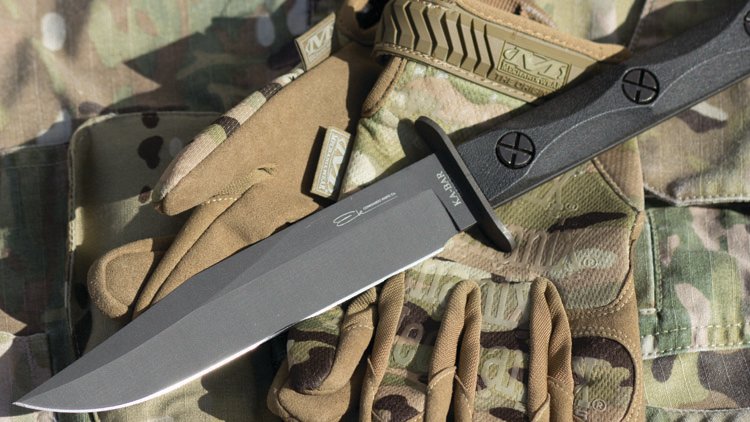Bear in mind that a 6"-7" fixed blade is a large knife for normal chores.
I have an 8" Randall Model 1 - All Purpose Fighting Knife, the 6" Kabar 1209's, an 11" Ontario, an old Buck General, an early Schrade Deerslayer (5.6") & others ... and a bunch of smaller 3"-5" blades .
The shorter fixed blades, meaning 5" and under, are lot handier and more practical for a variety of regular camping/backwoods chores.
I wish I'd kept my early 70's vintage Camillus Cutlery version of the USAF pattern survival knife. Much handier, overall.
Another thing to consider is the utility of the blade's tip. For example, the KA-BAR Marine has an up-swept tip, but the next generation EK Bowie has a more straightforward point. The angle of the tip can matter depending how much you plan to use the point for fine work and control.
Now that plain old high carbon alloys are making a comeback in customer demand, there are a lot of options among makers, and lots of slab-scaled, full width tang offerings with practical blade lengths are in vogue.
Lots of customer interest in newer "high-end super steels", but consider the cost and the hardness/heat treat against how you plan to use them. (One of the tried and true high carbon alloys might be a more practical choice.

)
https://eseeknives.com/news/we-broke-our-s35v
I've often liked old style wood, bone/antler and leather, but newer polymers and resins certainly have their uses.

Even leather has outlasted the expectations of many users, although it can become grungy. "Secure and sure" in the hand, no matter the conditions, can be a very appealing feature when you consider that your hand slipping and getting a nasty cut might be pretty inopportune when all you have is a basic FAK.
One last thought ... Carrying a hatchet along with your field knife can not only help spare the knife from unnecessary damage, but a hatchet tends to perform hatchet-type chores better.




